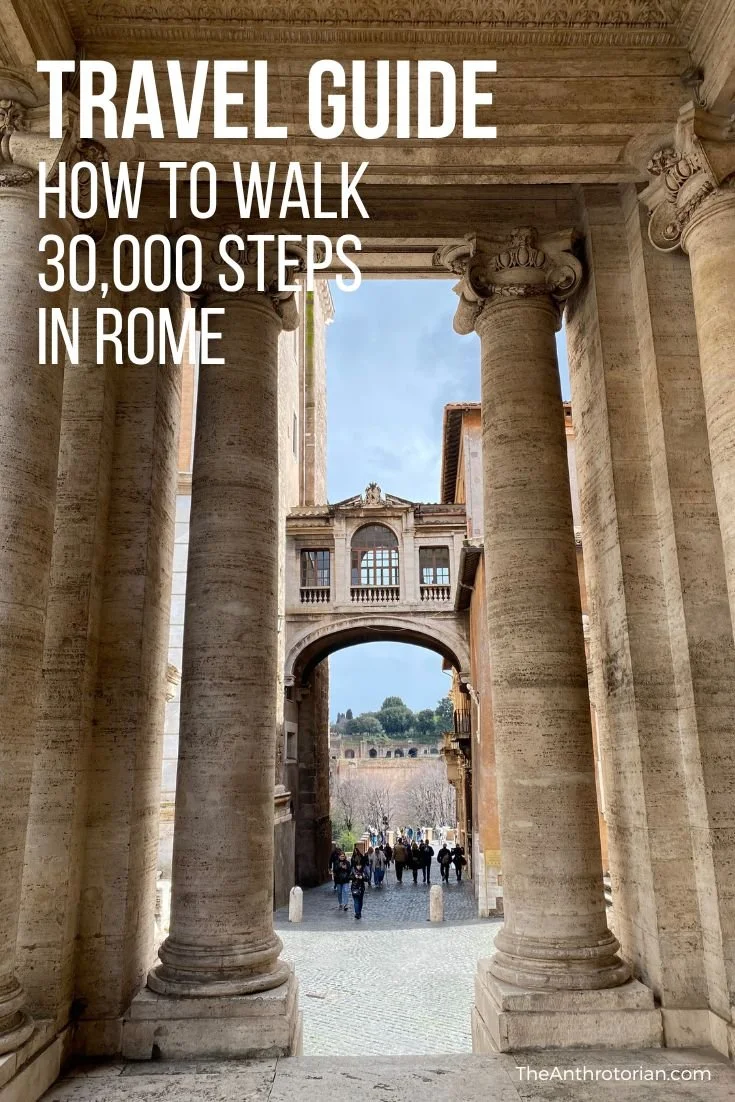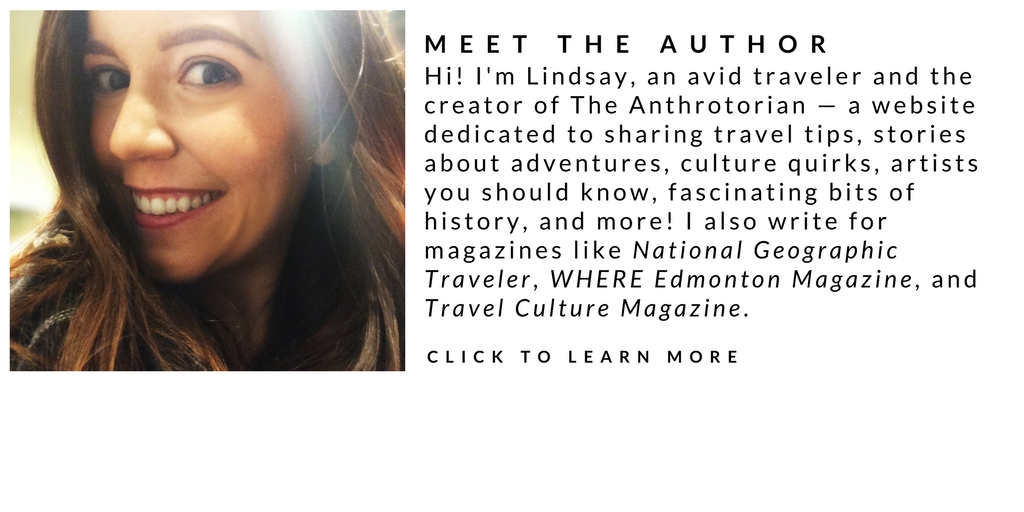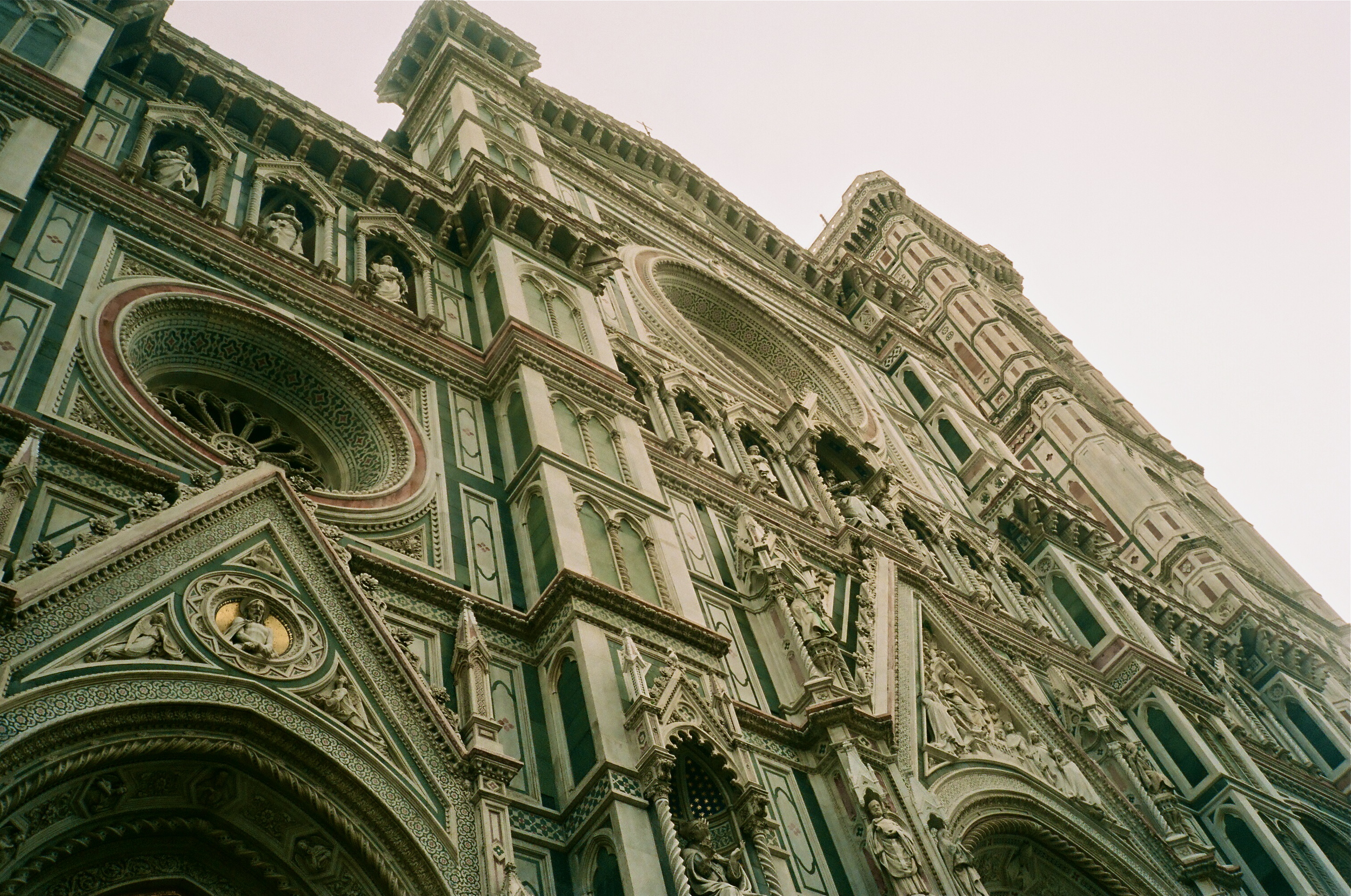It is described as having a smell that is overwhelming, revolting and reminiscent of rotten onions, turpentine, and raw sewage. A smell that penetrates fabric and remains on your hands for days. It has even been banished from hotels, public transit and public spaces because the smell has been known to linger in the air for days.
Yet, the soft, delicate, creamy fruit apparently tastes delicious (if you can get past the smell — I admit that I never have).
What is this strange food that I speak of?
The durian fruit.
Trust me, I do not usually shy away from street food, even when I can't identify it, but this large, spiky fruit — known as the King of Fruits — has bested me. But it isn't just me, most Westerners find the smell too offensive to get near, let alone eat.
The fruit can be found all over South East Asia, with Thailand being the largest exporter of it — they even hold an annual World Durian Festival each May in Chantaburi.
What makes it smell so bad, you ask?
A study conducted in 1995 discovered esters, sulphur, and ketones (the compound responsible for morning breath) all present in the fruit (GROSS).
So why on earth are people eating the stuff?
First of all, it is apparently really good for you as it contains a generous natural source of magnesium, potassium, copper, folate, thiamin, and other elements that are often missing from our diets.
Second of all, and most interestingly, the fruit contains super high levels of tryptophan (the same amino acid found in chocolate) which explains why those that eat it claim that it is addictive and hard to put down once you start eating it. Apparently is produces euphoria when eaten as a dessert.
Have you been brave enough to try this smelly fruit before? I would love to hear what you thought of it!













